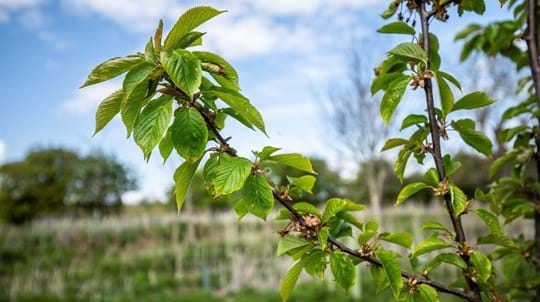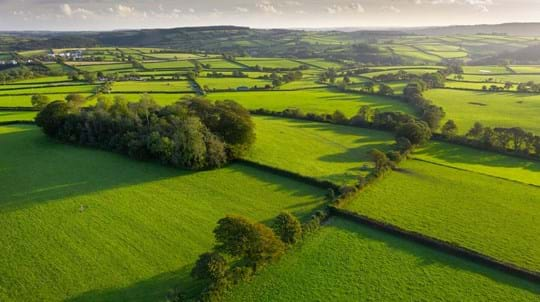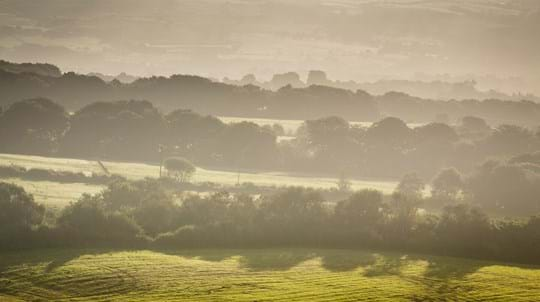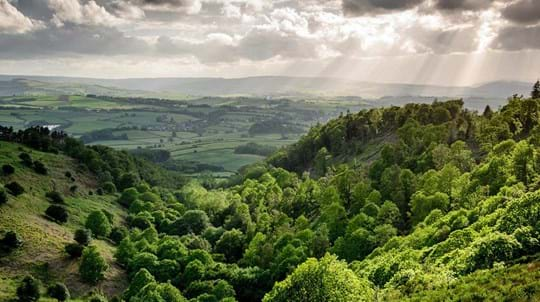
Credit: Rory Francis / WTML
Hedgerows, shelterbelts and riparian buffer strips
Hedges are part of an ancient agroforestry tradition. Together with hedgerow trees and other field edge habitats, they form an extensive habitat network that’s crucial to wildlife and defines our landscape. They provide lots of practical benefits including protecting livestock from weather extremes, aiding biosecurity, mitigating flooding, and enhancing soil, carbon and water resources.









